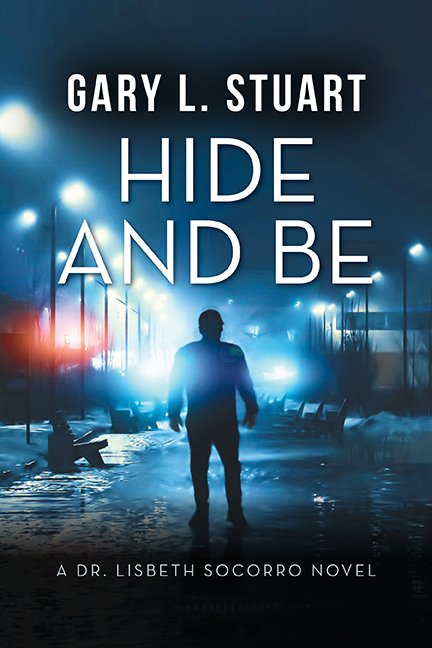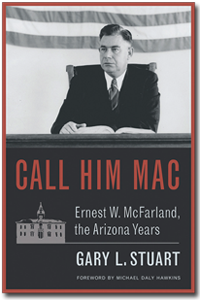I don’t mean the ethics of writing fake as in writing about fakes, frauds, fools, or faux. Those are nouns. The fake I’m writing about is an adjective, as in writing fake news, fake stories, fake memories, or fake food.
In recent years we’ve heard a great deal about writers who write fake—not genuine. Counterfeit—not real. Sham—not actual. Hoax—never happened. Phoney—not just baloney. Pseudo—not right. A thing that is not genuine—a forgery.
In 2020, disinformation has become as helpful to those stowing dissent as information is to those who would calm political waters. When we get disinformation about the most important issue on our planet—the coronavirus pandemic and COVID-19—most of us can’t tell when to listen and when to turn away. Real writers are writing about the “pandemic.” Fake writers are writing about the “infodemic.” An infodemic happens when we are assaulted with a wide, rapid spread of misinformation.
This blog is about the ethics of the thing, rather than the thing itself. Here is the ethical mandate about writing fake: it is unethical at every level. Writing fake makes it hard for people to know whether the sources for the story are trustworthy. Writing to confuse, mislead, or misunderstand is wrong.
The July 4, 2020 “non-event” at Gettysburg is a prime example of both infodemic releases and cultural revolution in the making. The headline was itself flakey, if not fake. “Militias Flocked to Gettysburg to Foil a Supposed Antifa Flag Burning—An Apparent Hoax Created on Social Media.”[1] The suggestion that militias were flocking anywhere is suspect. That they were going to “foil” a flag burning does not ring true—militias don’t foil, they stand their ground until they hear the bugles blow, then they charge. The notion they were on their way to an apparent hoax, while inviting, seems unlikely.
Lastly, social media was invented to hide truth inside lies, wrapped in secrecy, deeper than the Mariana Trench. Social media has ruined more friendships than high-school gossip. It is more inhospitable than Guantanamo. No one knows how often social media is fooled, does the fooling, or enhances foolishness. That’s because we do not have a word for what comes after a trillion. When it’s invented, it will probably be applied to social media hoaxes in a single year.
The opening line in the Wash Post article is not a fake. “For weeks, a mysterious figure on social media talked up plans for antifa protesters to converge on this historical site on Independence Day to burn American flags, an event that seemed at times to border on the farcical.” It turned out the invitation was fake, no flags were burned, no one thought about burning a flag, and the fake-flag-burning had nothing to do with antifa protesters. Maybe it was written to see how gullible we can be, when we rely on social media for information and instead get infodemic.
Far-right fires were stoked by the article. “Let’s get together and burn flags in protest of thugs and animals in blue.” The Wash Post investigated and found that an anonymous person behind a Facebook page called Left Behind USA wrote that damning sentence. The anonymous FB poster predicted there would be “antifa face paint,” and would “be giving away free small flags to children to safely throw into the fire.”
But there was no protest, much less a flag burning. The anonymous biographical details were fake. His FB picture was of a German man lifted from a stock photo service. Social media companies had, weeks before July 4, 2020, shut down some fake accounts created by white supremacist groups posing as antifa operatives to undermine peaceful protests. Wash Post reported “the person managing the Left Behind USA account identified himself as 39-year-old Alan Jeffs, a lifelong Democrat-turned-anarchist from Pittsburgh who now lives in Des Moines. But he didn’t live in Des Moines. He was fake. There is no such person. Facebook and Twitter shut down the Left Behind USA pages a week before the militias showed up at Gettysburg.”[2]
Fake news is profitable.[3] It spreads misinformation and works because many read politically—that is, they believe what their political leaders say and rarely fact check, and rarely read beyond the headlines. The Associated Press regularly reports on fake news.[4]
The “real” news on “fake news” is that politicians use it to discredit media.[5] Before the 2016 election, the phrase “fake news” was meaningless. Today, according to a new Pew Research Center study,[6] Americans rate it as a problem larger than racism, climate change, or terrorism. “Pew finds that Americans have deeply divergent views about fake news and different responses to it, which suggest that the emphasis on misinformation might actually run the risk of making people, especially conservatives, less well informed. More than making people believe false things; the rise of fake news is making it harder for people to see the truth.”[7]
There is a newer study. Published in Science in June 2020. “The massive new study analyzes every major contested news story in English across the span of Twitter’s existence—some 126,000 stories, tweeted by 3 million users, over more than 10 years—and finds that the truth simply cannot compete with hoax and rumor. By every common metric, falsehood consistently dominates the truth on Twitter, the study finds, ‘Fake news and false rumors reach more people, penetrate deeper into the social network, and spread much faster than accurate stories.’”[8]
The ethical imperative stemming from both Pew and Science does not touch on the ethicality of writing it. False information outperforms true information. It is as unethical as it is profitable. It invokes human nature. We don’t believe or accept information as true because we think it is true. We accept it because we want it to be the truth. There’s no ethical norm for that.

I am an author and a part-time lawyer with a focus on ethics and professional discipline. I teach creative writing and ethics to law students at Arizona State University. Read my bio.
If you have an important story you want told, you can commission me to write it for you. Learn how.
[1] Shawn Boburg and Dalton Bennett. The Washington Post, July 4, 2020 at 7:58 p.m. MDT. https://www.washingtonpost.com/investigations/hundreds-of-armed-men-went-to-gettysburg-to-defend-it-from-a-phantom-antifa-flag-burner-created-on-social-media/2020/07/04/206
[2] Ibid.
[3] https://edu.gcfglobal.org/en/thenow/what-is-fake-news/1/
[4] https://apnews.com/Fakenews
[5] https://theconversation.com/the-real-news-on-fake-news-politicians-use-it-to-discredit-media-and-journalists-need-to-fight-back-123907
[6]https://www.journalism.org/2019/06/05/many-americans-say-made-up-news-is-a-critical-problem-that-needs-to-be-fixed/
[7] Ibid.
[8] https://www.theatlantic.com/technology/archive/2018/03/largest-study-ever-fake-news-mit-twitter/555104/






 I am an author and a part-time lawyer with a focus on ethics and professional discipline. I teach creative writing and ethics to law students at Arizona State University.
I am an author and a part-time lawyer with a focus on ethics and professional discipline. I teach creative writing and ethics to law students at Arizona State University.  My latest novel is Hide & Be.
My latest novel is Hide & Be.  If you have an important story you want told, you can commission me to write it for you.
If you have an important story you want told, you can commission me to write it for you.